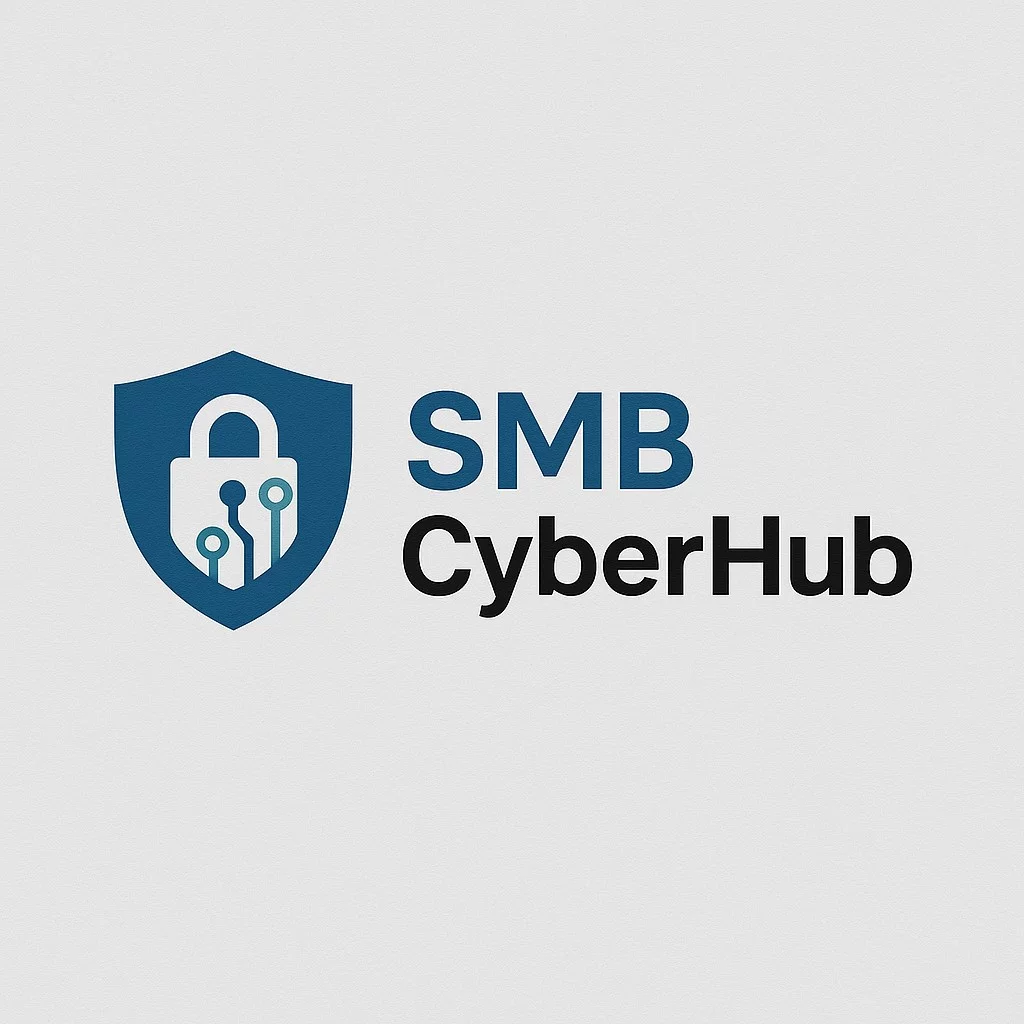How to Spot Social Engineering in Messages and Meetings
25 May 2025
Technology isn’t always the weakest link — people are. Social engineering attacks use manipulation, not malware, to get what they want. Here’s how to protect your team.
🎭 What Is Social Engineering?
It’s when attackers trick people into doing something risky:
- Sharing a password
- Paying a fake invoice
- Clicking a link or downloading malware
They often pose as someone you trust: a manager, coworker, supplier, or even “IT support.”
🚨 Common Tactics
- Urgency: “You must act NOW!”
- Impersonation: “I’m the CFO. Please send this payment.”
- Authority pressure: “I need your help — this is time-sensitive.”
- Emotional manipulation: “We’ll lose the client if we delay.”
💬 Real Examples
- “Hi, it’s Sarah from IT. Can you reset your login here?”
- “This invoice is overdue. Pay by end of day or risk penalty.”
- “Quick question — can you confirm your phone number for payroll?”
All of these can be fake.
✅ How to Verify Safely
- Call the person using a known number — not one in the message
- Check sender details carefully (email address, domain, tone)
- Confirm sensitive requests with a manager
- Never rush. Urgency is a red flag, not a reason
🔐 Train Your Team to Be Skeptical
Use SMBCyberHub’s Social Engineering Quiz to test staff and build awareness.
“Trust but verify” isn’t enough. In cybersecurity, it’s “Verify first, then act.”
📋 Social Engineering Defense Checklist
- Don’t trust unknown calls or emails
- Verify money or login requests
- Don’t click links in suspicious messages
- Report anything that feels off
🕒 Estimated Reading Time: 4 minutes
🔐 Aligned With: GDPR Article 39.1(b), ISO27001 Clause 7.2.2
